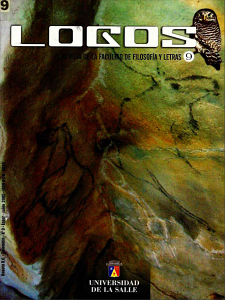Abstract
Colombia has inherited a rich culture: from the Pre-Colombian indigenes, the Black-Africans and from Spain -one of the richest European cultures-. Colombians do not really know that, besides the Iberian native communities, over Spain there were Phoenician, Greek, Roman, Visigoth and Arabic people; more than twenty centuries of cultural forks which built the Hispanic being. With Rome, the Iberian Peninsula gave governors from the empire; with the Visigoth, the Christianity became the State religion; with the Arabic, the peninsula irradiated its cultural influence over Africa and Europe to translate the scientific legacy from the millennial East. While the Hispanic tried to reject the Arabic invaders -re-conquest war that spent about eight centuries- the regional profiles looked forward to dominating the rest of the world: so early, between XII and XV centuries, Aragonese managed into the Mediterranean; in the earliest XV, the Portugal realm jumped to conquer the Atlantic and Africa; at the end of the same century, the union of Castilla, Leon and Aragon brought the same through the Atlantic and Europe. The process was tight to strict rules, as well as the Hispanic institutions were moved to the previous unknown American territories. Isabel and Fernando’s marriage helped preserve the Hispanic domination on the Mediterranean and to impose the Spanish hegemony in Europe.Downloads
Download data is not yet available.



